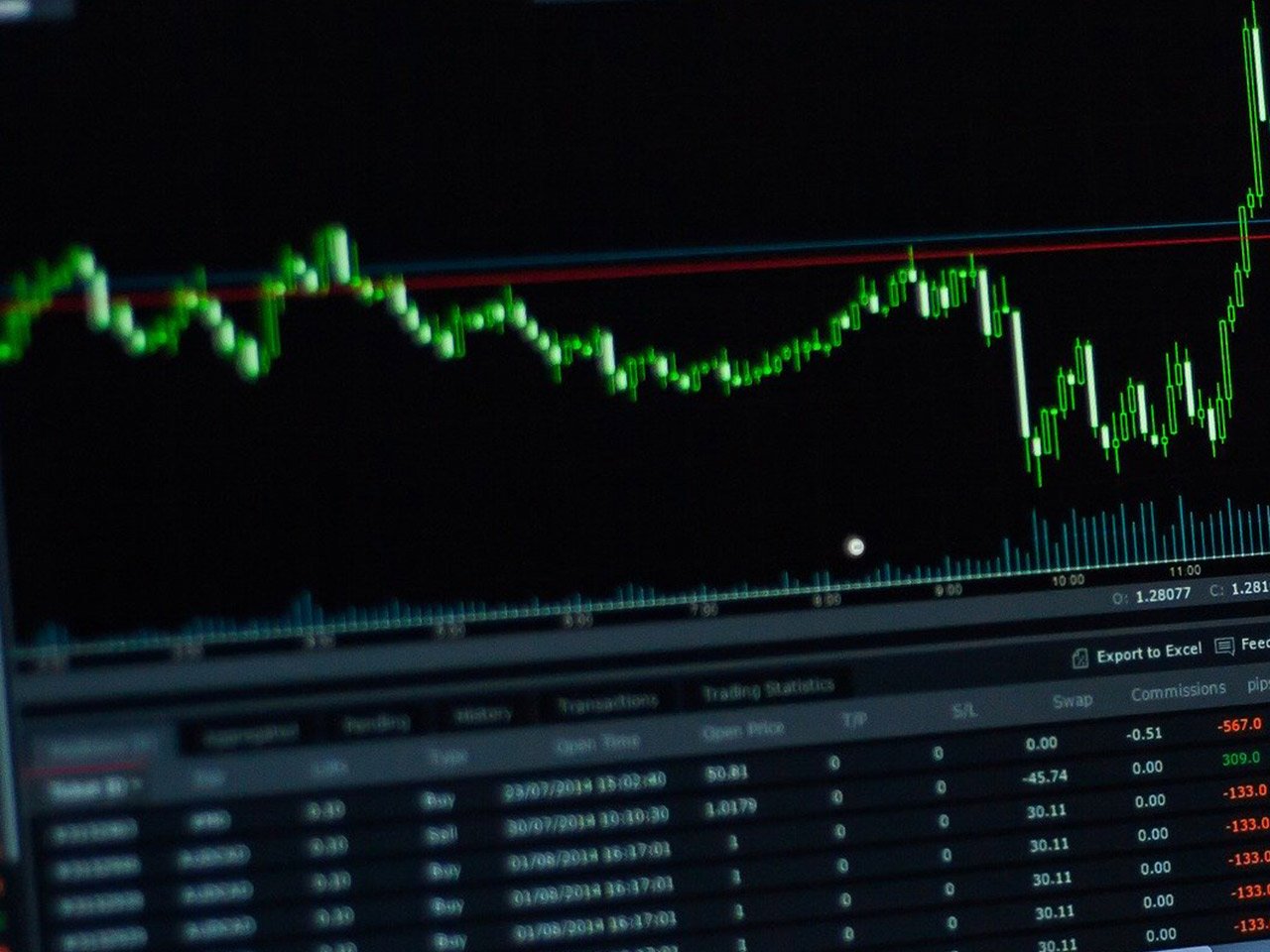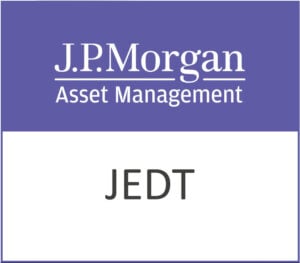Barclays PLC, a stalwart of the British banking landscape, is a name synonymous with global financial services. Listed on the London Stock Exchange under the ticker BARC.L, Barclays operates across a vast array of financial sectors, offering everything from retail banking to investment management. With a rich heritage dating back to 1690, the bank stands as a beacon of stability and innovation within the financial services industry.
Currently, Barclays boasts a market capitalisation of $51.83 billion, positioning it as a major player within the diversified banks sector. Its stock price hovers around 367.95 GBp, reflecting a modest price change of 5.95, or 0.02%. The bank’s 52-week price range, stretching from 215.15 to 375.00 GBp, underscores its capacity to navigate market fluctuations, even amidst global economic uncertainties.
For investors, the valuation metrics provide a mixed bag of insights. The absence of a trailing P/E ratio might raise eyebrows, potentially indicating recent earnings volatility or a period of transformation. However, the forward P/E ratio stands at a staggering 720.71, which may suggest market expectations of significant future earnings growth. The lack of data on other valuation metrics such as the PEG ratio and Price/Book might necessitate a deeper dive into Barclays’ financial statements for a comprehensive assessment.
Barclays has recorded a commendable revenue growth of 13.10%, a testament to its robust business model and strategic initiatives. Its earnings per share (EPS) of 0.41 and a return on equity (ROE) of 9.53% further highlight the bank’s operational efficiency. However, the absence of net income and free cash flow figures might prompt some investors to exercise caution, given the importance of these metrics in evaluating a company’s financial health.
On the dividend front, Barclays offers a yield of 2.31% with a payout ratio of 20.74%, suggesting a balanced approach to rewarding shareholders while retaining enough capital for future growth initiatives. This stable dividend policy could be appealing to income-focused investors seeking reliable returns.
Analysts’ perspectives on Barclays present a generally positive outlook, with 12 buy ratings, 3 hold ratings, and only 1 sell rating. The target price range between 230.00 and 435.00 GBp, and an average target of 385.63 GBp, indicate a potential upside of 4.80%. This suggests that analysts are optimistic about Barclays’ prospects, potentially driven by its strategic initiatives and market positioning.
From a technical standpoint, the stock’s 50-day and 200-day moving averages, at 340.78 and 297.62 respectively, indicate a positive trend, with the current price comfortably above these averages. The Relative Strength Index (RSI) at 60.80 signals a neutral to slightly overbought condition, while the MACD and Signal Line values suggest that bullish momentum may be waning, warranting close monitoring by investors.
Barclays’ extensive global presence, spanning Europe, the Americas, Africa, the Middle East, and Asia, provides a diversified revenue stream, mitigating risks associated with any single market. The bank’s comprehensive range of services, from retail and corporate banking to investment and wealth management, positions it well to capitalise on emerging financial trends and market opportunities.
As Barclays continues to navigate the dynamic financial landscape, potential investors will need to weigh the bank’s historical resilience and strategic vision against its current valuation challenges and market conditions. With its storied past and forward-looking strategies, Barclays remains a compelling consideration for those looking to invest in the financial services sector.










































